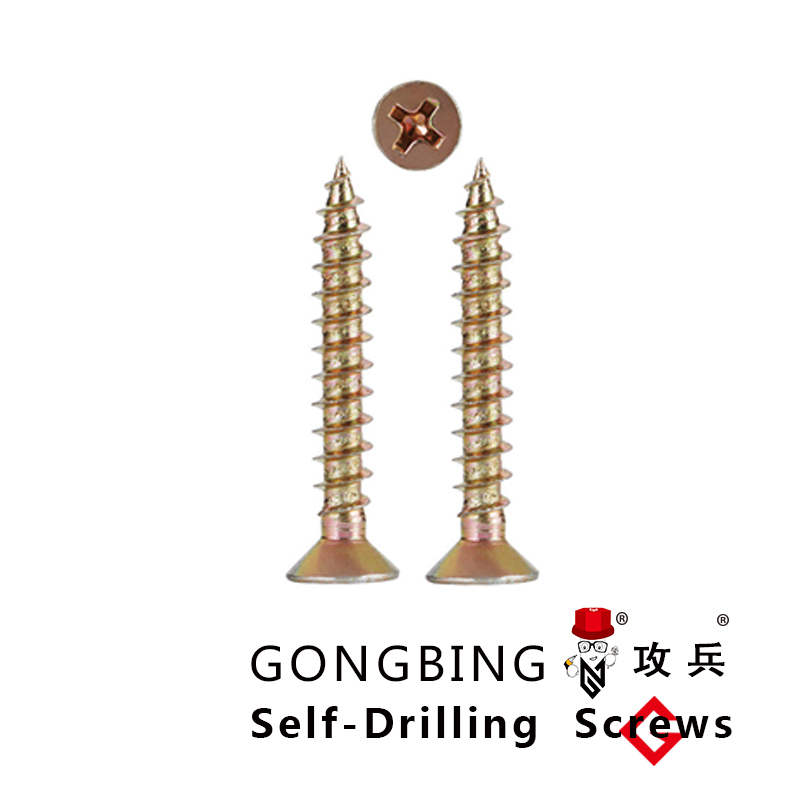Specifications for Chemical Anchor Bolts in Construction Applications
Chemical Anchor Bolts Specification An Overview
Chemical anchor bolts, also known as resin anchor bolts, are essential components in various construction and engineering applications. These bolts utilize a chemical adhesive, typically an epoxy or polyester resin, to bond securely to substrates such as concrete, masonry, or brick. This method provides superior load-bearing capacity and durability, making them ideal for heavy-duty applications. This article will shed light on the specifications and considerations involved in the selection and use of chemical anchor bolts.
Types of Chemical Anchor Bolts
1. Epoxy Anchors Epoxy-based chemical anchors are renowned for their strong bonding capabilities and resistance to environmental factors. They can bear significant loads and are suitable for both wet and dry conditions. Epoxies can also be used in slightly damp surfaces, making them versatile for various construction scenarios.
2. Polyester Anchors These anchors are often more economical than epoxy anchors and cure quickly. While they may not provide the same level of load capacity as epoxies, they are suitable for less demanding applications and are especially effective in non-cracked concrete.
3. Vinylester Anchors Combining the characteristics of both epoxy and polyester, vinylester anchors offer excellent resistance to chemicals and moisture. They are especially useful in environments where exposure to aggressive chemicals is expected.
Specification Considerations
When selecting chemical anchor bolts, several specifications must be taken into account
1. Load Capacity The anchor's load capacity depends on various factors, including the type of bolt, the adhesive used, the substrate material, and the installation method. It is vital to consult the manufacturer's datasheet for specific load ratings and recommendations based on intended use.
chemical anchor bolts specification

2. Embedment Depth This refers to the depth the bolt is embedded in the substrate. The required embedment depth varies based on bolt diameter, length, and the anticipated load. Deeper embedment typically leads to enhanced load-bearing capacity.
3. Environmental Resistance Chemical anchors should be chosen based on the environmental conditions they will face. For instance, in coastal regions prone to saltwater exposure, certain materials may corrode more quickly and will require corrosion-resistant finishes.
4. Curing Time The time required for the adhesive to cure fully is crucial for scheduling construction activities. While some adhesives cure within a few hours, others may take days to reach full strength. Proper planning will help avoid delays.
5. Installation Techniques Correct installation is critical to achieving the desired performance. This includes ensuring proper hole cleaning, mixing of the adhesive, and appropriate application methods (e.g., injecting the adhesive into the hole before inserting the anchor).
Testing and Approvals
Many chemical anchor products undergo rigorous testing to meet industry standards, such as those outlined by the American Concrete Institute (ACI) and European Technical Approval (ETA). These certifications ensure that the products perform reliably under defined conditions.
Conclusion
Chemical anchor bolts play a crucial role in the stability and safety of many constructions. Understanding their specifications—load capacity, embedment depth, environmental resistance, curing times, and installation practices—is vital for achieving optimal performance. By carefully selecting the appropriate chemical anchor and adhering to best practices, engineers and contractors can ensure that their projects stand the test of time, providing safety and durability in their applications. Whether in residential buildings, commercial structures, or industrial facilities, the right chemical anchor bolts will make all the difference.
-
Weatherproof Plastic Expansion Anchors for OutdoorNewsJun.06,2025
-
Sustainability in the Supply Chain: Eco-Friendly TEK Screws ProductionNewsJun.06,2025
-
Load-Bearing Capacity of External Insulation FixingsNewsJun.06,2025
-
Double Head Bolts: Enhancing Efficiency in Industrial MachineryNewsJun.06,2025
-
Corrosion Resistance in Chipboard Screws: Coatings for Wholesale DurabilityNewsJun.06,2025
-
Butterfly Toggle Bolts : Enhancing Structural ResilienceNewsJun.06,2025
